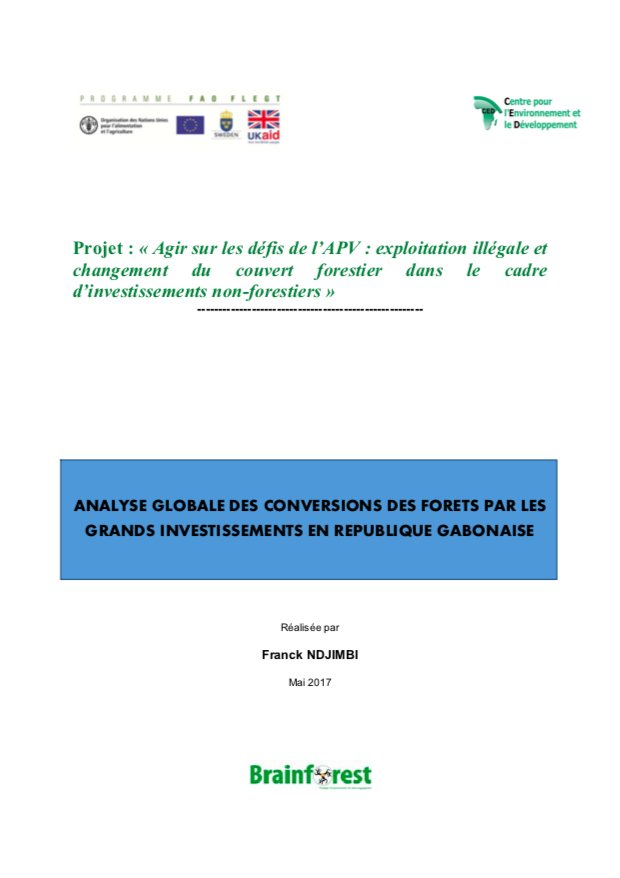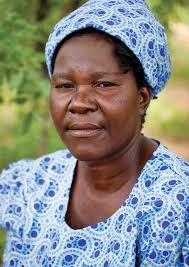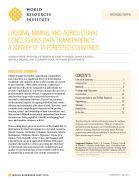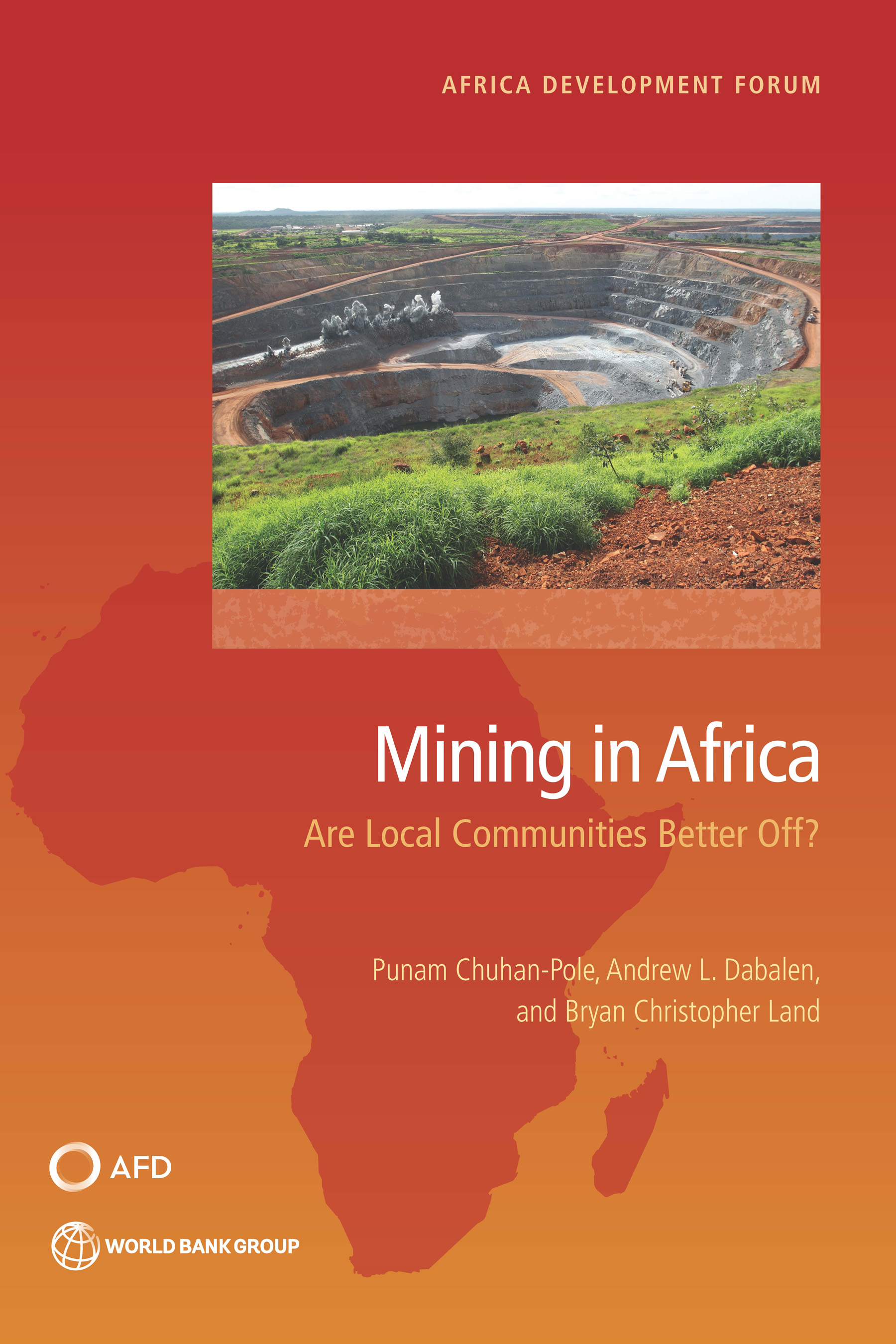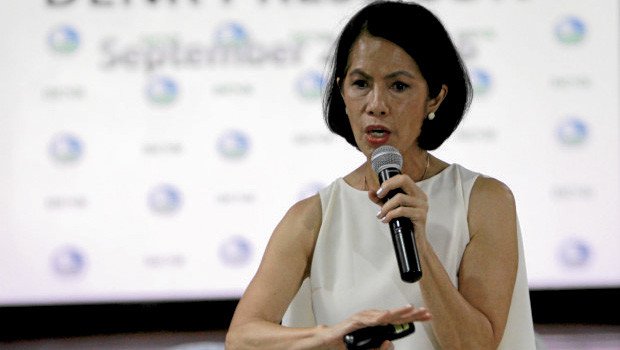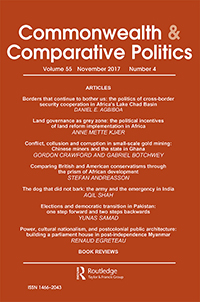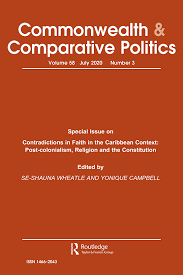Analyse globale des conversions des forêts par les grands investissements en République gabonaise
La forêt gabonaise couvre près de 85% de la superficie du pays (Richard et Léonard, 1993). Comprenant différents types d’écosystèmes, on y trouve aussi bien des mangroves que des forêts côtières, forêts marécageuses, forêts denses de plaine et de montagne, mosaïque forêt/savane, savanes, fleuves, deltas, lagunes. La flore et la faune y présentent une grande richesse avec un taux d’endémisme végétal exceptionnel.

